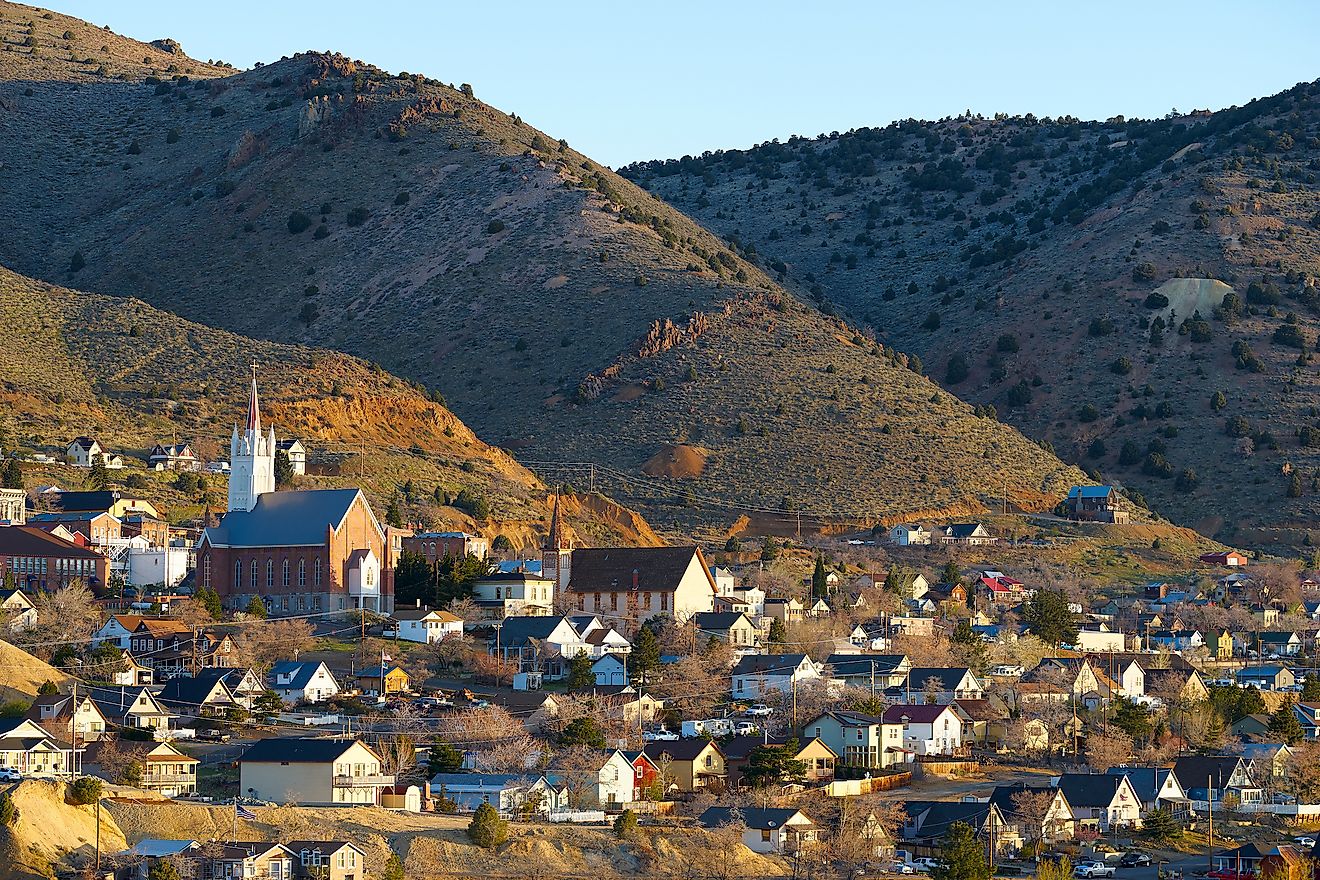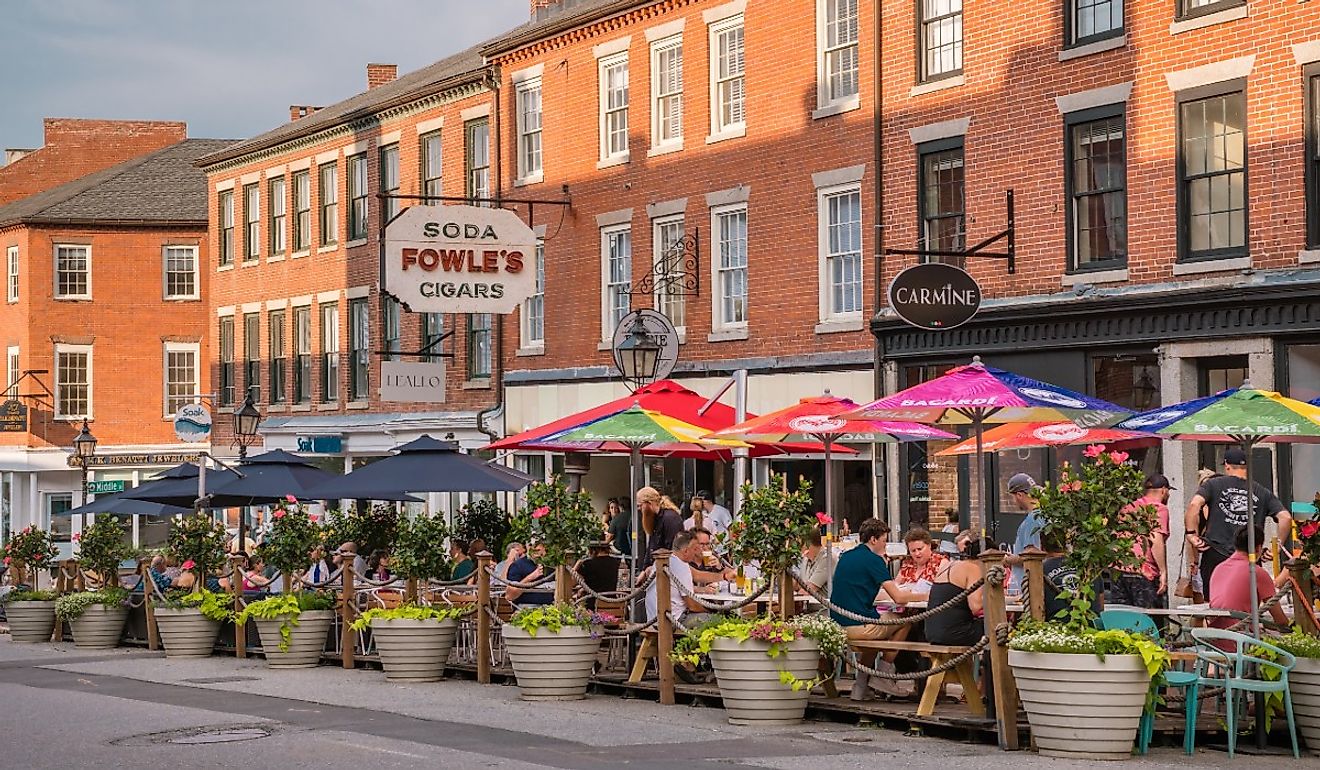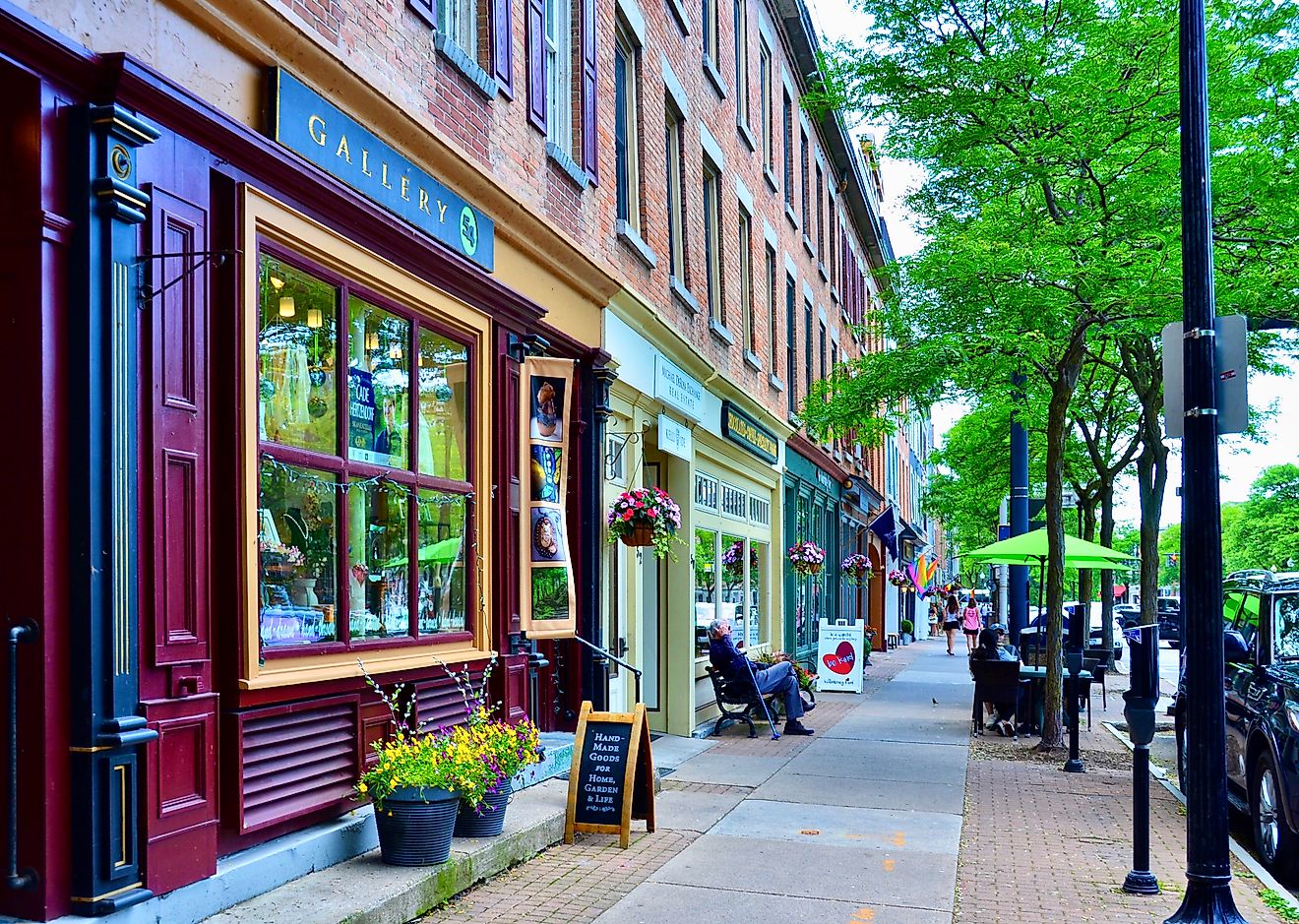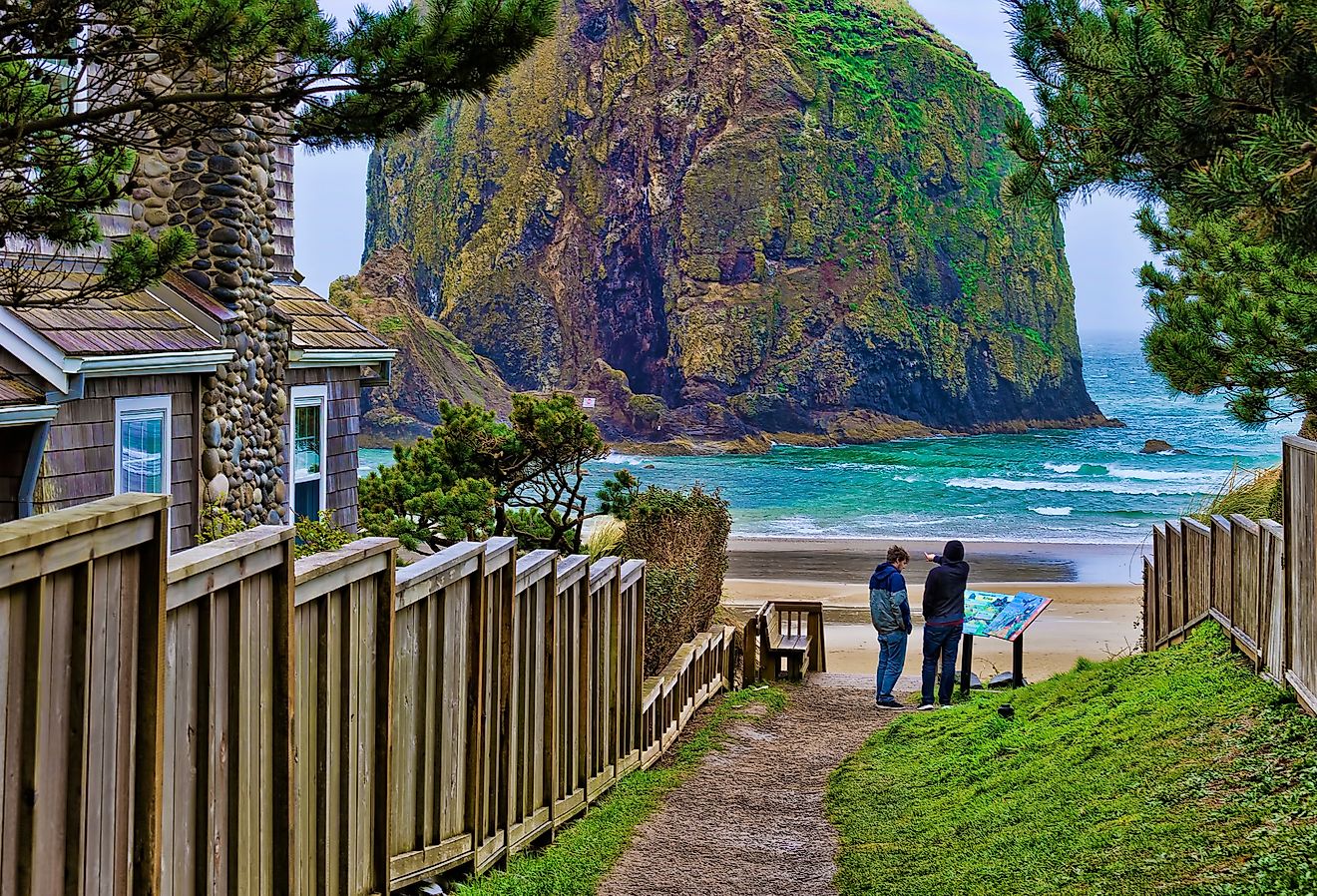
2025's Most Underrated Towns In Iowa
Iowa, an icon of the American Midwest, brings to mind rolling fields, picture-perfect farms, and a slice of Americana that draws visitors year-round. Yet beyond its larger draws, like the cities of Dubuque or its capital, Des Moines, the Hawkeye State (so called for the beloved native bird species) offers even more down the roads to smaller towns. Cultural treats come in abundance here, from movie blockbusters to literature and the state's hugely diverse heritage festivals. Lying just west of the Mississippi River, Iowa beckons tourists for a first-time or repeat visit to the most underrated towns in 2025.
Ames

The town of Ames, known to many as the home of Iowa State University (ISU), offers even more than a big college town usually can. Start with a little history at the Ames History Museum, which also runs a kid-friendly events series that includes magic shows and lectures on its calendar. Shoppers will find their bliss on Ames' Main Street, which is lined with more than 50 shops and local businesses, not to mention potted flowers and brightly painted park benches.

The community likewise puts on a variety of special events, from the Iowa Games in summer to the Farm Progress Show and the Octagon Art Festival. The latter is a production from the Octagon Center for the Arts, held each September here in town. The Brunnier Art Museum, on ISU's campus, displays even more creative expression.
Dyersville

The terrifically pretty town of Dyersville stands in Iowa's northeast corner. Famous as the film location for "Field of Dreams," a 1989 feature about baseball and the memories of times past. Tourists flock to town in order to see where the cinematic action took place, but they find that Dyersville has more in store. Nearby, the Baseball Hall of Dreams pays tribute to lesser-known players, teams, and chapters in the history of the sport.
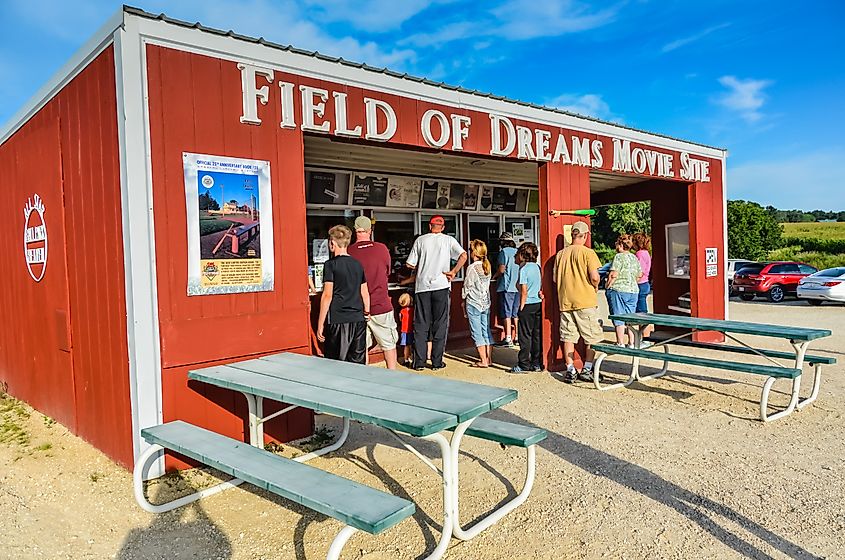
Also in town is the National Farm Toy Museum, named after the miniature farm-themed toys the town produced from the 1940s, spawning a small industry after that. More historic kids' toys are on exhibit at the Dyer-Botsford Doll Museum, with more than 2,500 dolls and other objects of children's play. In noteworthy architecture, the town erected the Basilica of St. Francis Xavier here in 1888, a double-spired Catholic church, and one of only two basilicas in the state.
Eldora
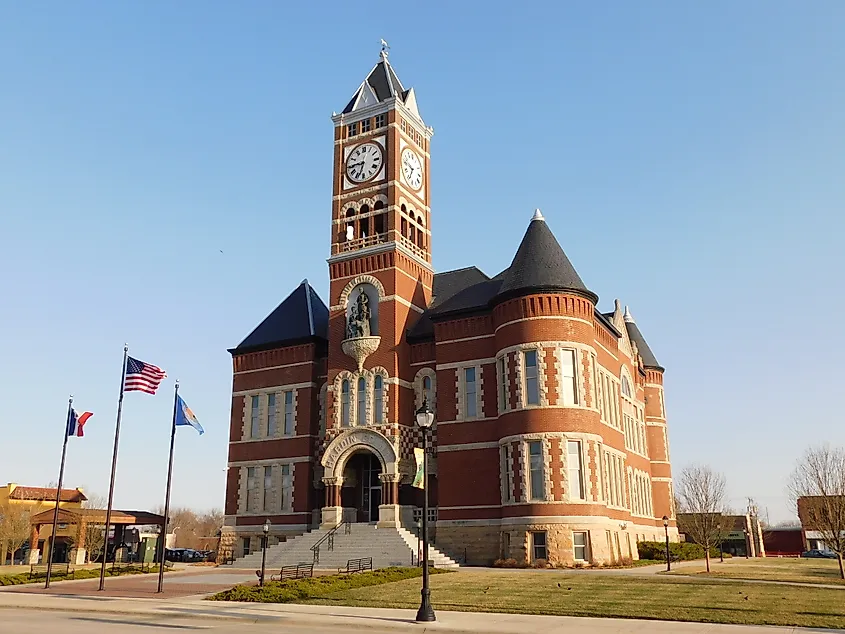
North-central Eldora, part of Iowa's green belt, brings together historical legacies and the Midwestern outdoors. The refurbished Grand Theatre, built in 1913, offers shows of various kinds. Nature fans can take in the view from the town's perch overlooking the Iowa River. The same river allows for swimming, tubing, and canoeing, not to mention the town's riverside cycling trails. Eldora forms one end of the Iowa River Water Trail, a paddling route from there to Iowa Falls, which is popular with kayakers and canoeists.
History buffs will have much to ponder at the Hardin County Historical House, as well as the Eldora Welcome Center and Railroad Museum. Each educates and instructs about the town's past as a center of railroad activity from the 19th century.
McGregor
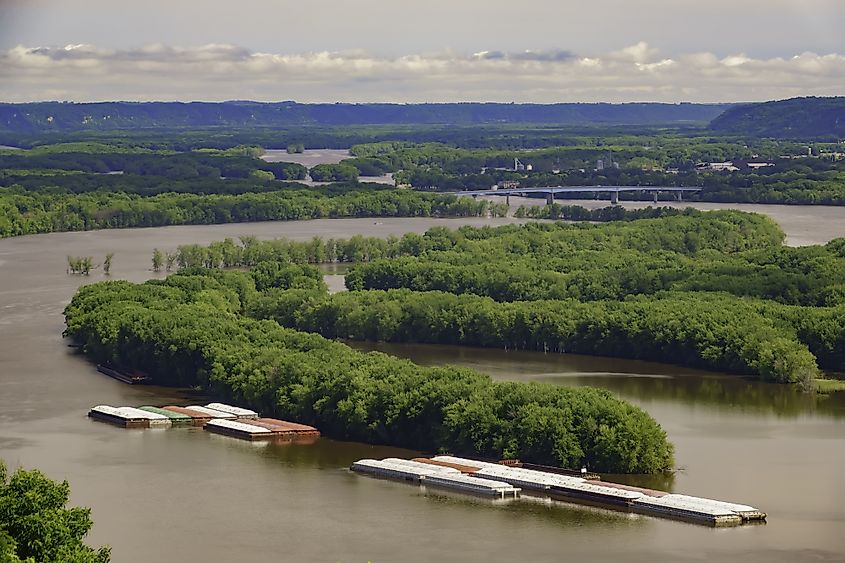
In eastern Iowa, on the western shore of the Mississippi and just across from Wisconsin, the story of Iowa's industrial development waits for visitors to discover. McGregor, the town, grew thanks to its early role as a riverboat landing and trading hub. These days, McGregor welcomes antique-hunters and bargain shoppers, especially in the McGregor Historic Commercial District. The zone is listed on the National Register of Historic Places. The town is nicknamed the "Pocket City" for its snug position between the Mississippi and its local bluffs.
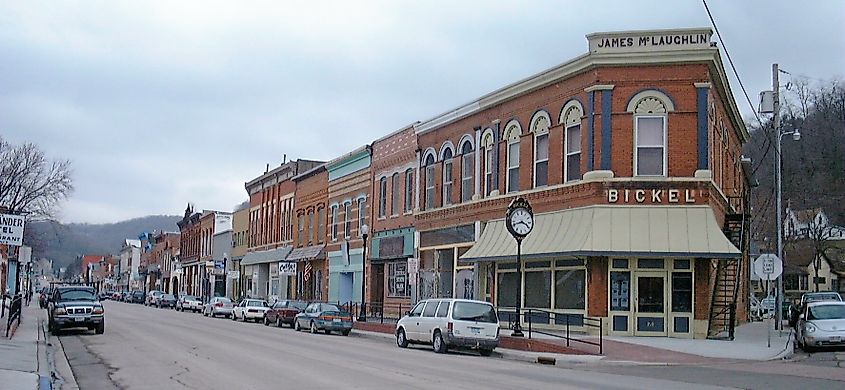
Summer is McGregor's main season for visitors. A packed festival calendar keeps the place busy, including a yearly autumn fair and a wintertime Festival of Trees. Other tourists make for the Effigy Mounds National Monument, a Native American site of traditional burial mounds or dirt tombs. The mounds have stood here for centuries.
Pella

The town of Pella, about 40 miles southeast of Des Moines, enjoys an unusual origin story. First established by Dutch immigrants, Pella's past makes it a cultural attraction for Iowans and visitors from elsewhere. A Dutch-inspired Tulip Festival happens in Pella every May, which brings thousands of travelers to town. Brinkhoff Park includes a tulip garden and a Dutch-style windmill, and Pella's Historical Village showcases Dutch architecture of varieties that are hard to find on this side of the Atlantic. Families looking for a stop and a snack can seek out a Dutch Letter, Pella's signature flaky pastry. The baked delight is sold year-round here.

Other cultural draws include the Pella Opera House, built in 1900 and revitalized to its former splendor, and the Klokkenspel, a puppet stage with four-foot-tall, mechanical figures that animate stories from Pella's history.
Stanton

In Stanton, located in Iowa's southwest corner, a tale of Swedish heritage comes alive. The town's water supply comes in part from a Swedish coffeepot, which the town claims is the world's largest, and further emphasizes the place where many Stanton residents came from. The Swedish Heritage and Cultural Center tells these and other stories in detail. Come winter, Stanton puts on an annual Holiday Hoopla, as well as a Swedish Holiday Meal celebration, when local families dust off old recipes and remember the tastes of old Sweden.
For time outside, Viking Lake State Park attracts fishermen, families, and those looking for a lovely scene to walk or cycle through. A campground operates within the same park. Other anglers try their luck along the Tarkio River east of town.
Story City

The town's name is not fiction: Story City, north of Des Moines, maintains a slice of American life most would assume no longer exists. The town's Antique Carousel, a 1913 construction carved by hand, runs in North Park in the summertime. The Story City Theatre, also called the Grand Opera House, was built in 1913.
Health-food enthusiasts can taste freshness at Slims Country Market, where they can stock up on local produce and other fine-quality foods. The market has operated here since 1943. For recreational boaters, Story City has its own place to paddle, the South Skunk River Water Trail, which showcases local wildlife and riverside scenes. With a settler population similar to Stanton, the town celebrates its heritage with Scandinavian Days, a June festival honoring the immigrants from Northern Europe who made their American homes right here.
Winterset
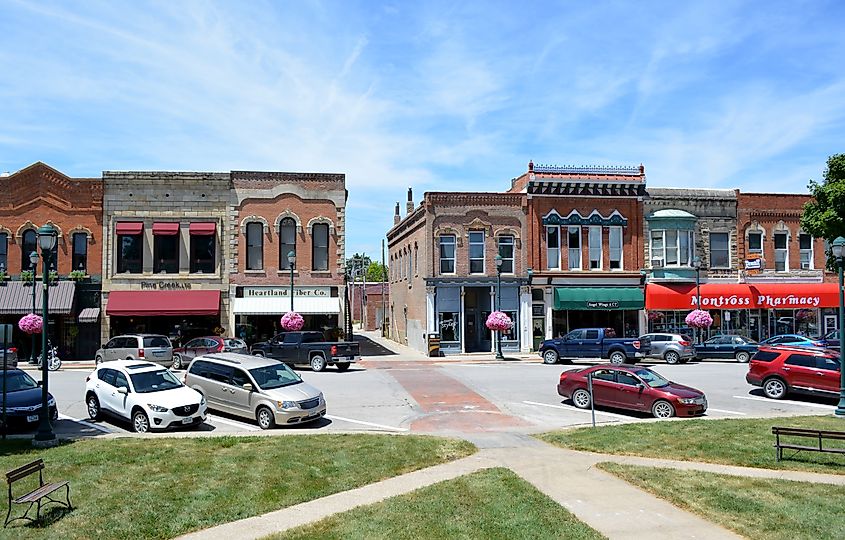
Winterset, in Madison County, sits a few miles south of Des Moines. The town is famous for its covered bridges, which, in times before the automobile, would protect bridges and the wagons that relied on them from ice and other harsh natural elements. These days, Winterset's Covered Bridges Scenic Byway attracts cyclists, road-trippers, and other leisure-seekers. "The Bridges of Madison County," a hit romantic movie released in 1995, made the area even more popular.

Like Dyersville, Winterset has a place in Hollywood lore. The town is the birthplace of John Wayne, born as Marion Robert Morrison in 1907. Wayne made his stage name and became a legend, playing tough western types like cowboys and lawmen in the American West. Back in Winterset, the John Wayne Birthplace Museum pays tribute to his accomplishments.
Some of Iowa's Coolest Towns Are Small But Fascinating
Towns like these support the idea that Iowa's best attractions are often outside its larger urban centers. College towns like Ames and movie-inspiring settings like Dyersville and Winterset prove that Iowan stories and points of interest can produce Hollywood hits and legions of fans. River-boaters can come study the legacies of McGregor, or do some paddling themselves in Eldora and Story City. In addition to the Northern European heritage of the state, from the Dutch in Pella to the Swedish in Stanton, Iowa's underrated towns have a menu of appealing places for just about everyone.
